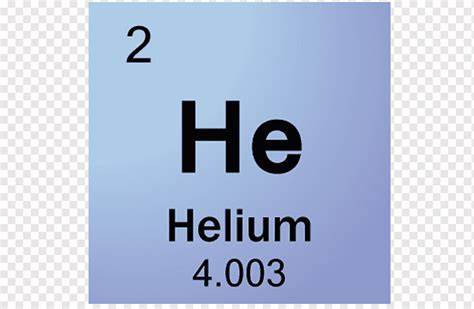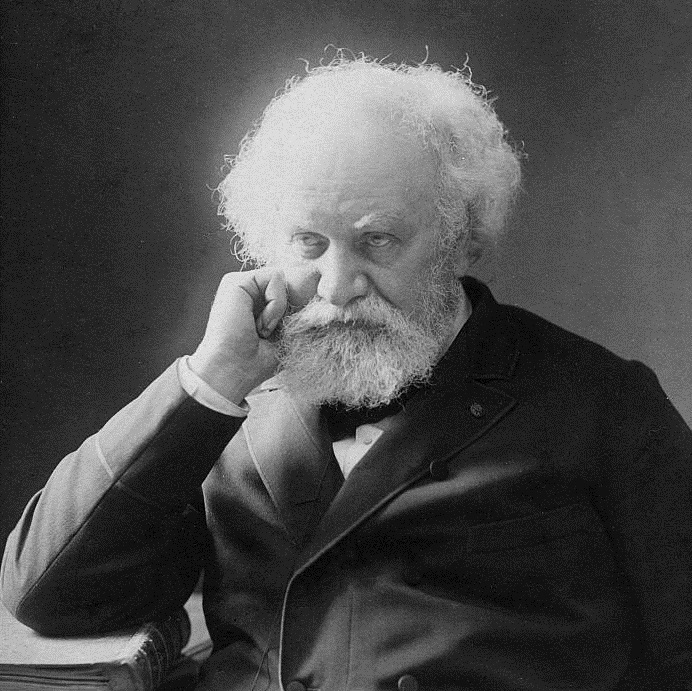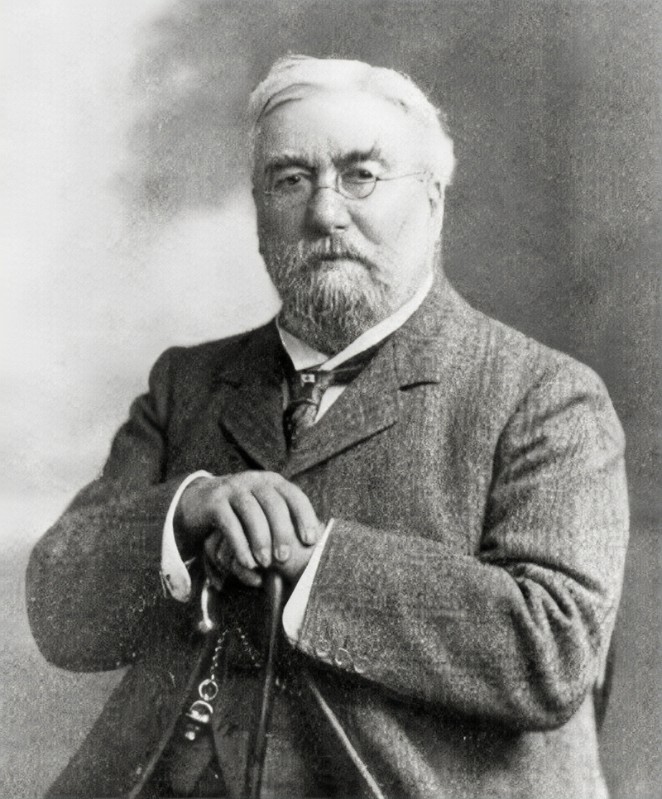Identity.
The second lightest element, helium is a colorless, odorless, and
tasteless gas that becomes liquid at -268.9 degrees Celsius.
Atomic Structure:
Helium is a chemical element with the symbol He and the atomic number.
It is the second simplest of the chemical elements, after hydrogen.
Its atoms consist of two protons, two neutrons, and two electrons.
History.
Helium was discovered in 1868 by French astronomer Jules Janssen
during a solar eclipse. It was later found in natural gas deposits in
the United States and Canada. Today, helium is produced commercially
by the fractional distillation of natural gas.
August 18, 1868: French astronomer Pierre Janssen observed a
bright yellow line with a wavelength of 587.49 nanometers in the
spectrum of the Sun’s chromosphere during a total solar eclipse in
Guntur, India. This was the first evidence of helium.
Joseph Norman Lockyer, an English astronomer, also observed a
yellow line in the solar spectrum that did not correspond to known
sodium lines. He named it the D3 line and concluded it was caused
by an unknown element in the Sun. Lockyer used the Greek word for
sun, hēlios, to name the element.
In 1895, British chemist Sir William Ramsay discovered helium on Earth
by analyzing the gas produced from heating uranium-bearing mineral
cleveite. The unique bright yellow line in its spectrum matched that
of the D3 line observed in the Sun, confirming the existence of
helium. Helium’s unique properties make it essential for various
scientific and industrial applications.
Sources.
Helium is the second lightest and second most abundant element in the
universe, after hydrogen. It is a colorless, odorless, non-flammable,
non-toxic, inert gas that heads Group 18 (noble gases) of the periodic
table. Its boiling and melting points are the lowest among all the
elements.
Helium is found in natural gas, and is extracted by a process called
fractional distillation. The largest commercial sources of helium are
the United States, Russia, Qatar, and Algeria. The United States has
the largest reserves of helium in the world, and is the world's
largest producer and exporter of helium.
Properties.
Helium is a chemical element with the symbol He and atomic number 2.
It belongs to the group of noble gases, which are very unreactive and
do not form compounds easily. Helium is the second most abundant
element in the universe, after hydrogen, and it was first discovered
in the sun’s spectrum.
One of the most remarkable properties of helium is its extremely low
boiling point. It is the only element that cannot be liquefied by
cooling at normal pressure. It requires a pressure of about 25
atmospheres to become a liquid at 4.22 K (−268.93 °C, −452.07 °F),
which is the lowest temperature possible for any substance. At even
lower temperatures, helium can become a solid or a superfluid.
Helium has many applications in science and technology, thanks to its
unique characteristics. It is used to cool superconducting magnets,
such as those in MRI machines, particle accelerators, and nuclear
fusion reactors. It is also used to fill balloons and airships, as it
is lighter than air and non-flammable. Moreover, it is used as an
inert gas for welding, as it does not react with the metals being
joined.


